- Javascript Fundamentals
- Intermediate Javascript Concepts
- Frontend Interview Questions
- Frontend Interview Guides
- Typescript vs. Javascript in 2021 Introduction to JavaScript Variables and Assignment Initializing Variables and Basic Math Operations What are Strings and String Operations? Introduction to Arrays and Array Operations JavaScript Array Methods How to Filter an Array of Objects in JS Find Minimum And Maximum Value In An Array Using JavaScript Control Flow: If/Else and Try/Catch Statements Loops and Iterations in Programming Calling Functions: Calling, Parameters, Returning Objects and Key-Value Stores Higher Order Functions in Javascript Classes and Objects in JavaScript and TypeScript Javascript Build Tools and Bundlers
- Class vs. Prototypical Inheritance Getting to Know Promises, Async, and Await in JS Modules and Import/Export Syntax Arrow Functions in Javascript/Typescript Getting to Know Closures in JavaScript Introduction to JS Engines and Runtimes Is Javascript Pass by Reference or Pass by Value? Understanding the Event Loop Introduction to Functional Programming Pure Functions in JavaScript Memory Management in JavaScript Use Strict Directive Generics and Decorators in TypeScript
- Typescript Syntax and Features Interview Questions Advanced Javascript Interview Questions HTML Interview questions CSS Interview Questions React Interview Questions Cheat Sheet Common Angular Interview Questions
- Hoisting and Call Stack Closures and Dependency Injection Get Data Type Implement Promise.all Implement Array.shuffle Implement Throttling Create Curry Function Implement JSON.parse Create Event Emitter Implement Instance Of Implement JSON.stringify Implement ClearAllTimeouts Create Browser History Create a Pipe Method Implement Array.reduce Implement Array.flat
- Javascript Interview Questions: Syntax and Features How Web Pages Work: Learn HTML and CSS Basics How to Build a Website from Scratch Javascript Frameworks Comparison Frontend Testing Frameworks Introduction to Progressive Web Applications

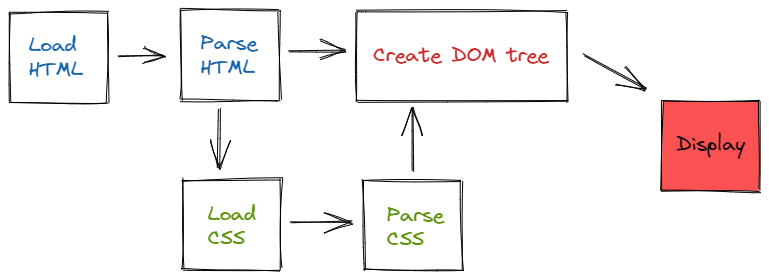
Frontend Interview Questions
A series of interview questions for frontend engineering, spanning Javascript/Typescript, HTML, CSS, and web development best practices.

Section Menu
How do I use this section?


Typescript Syntax and Features Interview Questions
The Typescript language verifies your Javascript code ahead of time with static type checking. Javascript is a dynamic programming language where we can do all sorts of crazy things, like reference variables that don't exist or work with unknown objects. The code is interpreted by a browser...


Advanced Javascript Interview Questions
Setting the Stage for Advanced JavaScript Mastery JavaScript isn't just another language; it's the lifeblood of modern web development. With the rise of web development stacks like MERN (MongoDB, Express, React, Node.js), MEAN (MongoDB, Express, Angular, Node.js), and MEVN (MongoDB, Express, Vue.js, Node.js), mastering JavaScript b...
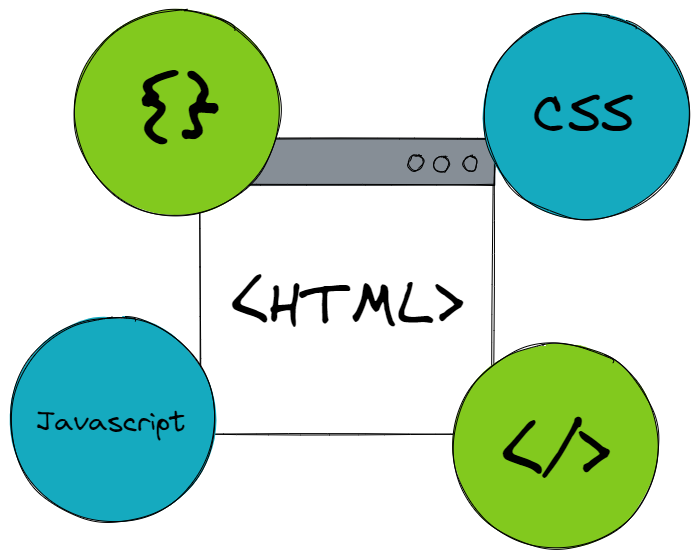

HTML Interview questions
HTML is the language in which everything on the web is built, and thus, it is the web's fundamental building block. When searching for a job in the software development industry, no matter for what type of position, it is very likely that HTML will be one of the requirements for the position. In this article, we are going to point out some of t...


CSS Interview Questions
In a world where the web is the most fundamental source of information and virtual interaction, everything relies on having a well-structured, readable, and attractive website or web application. The main technology to achieve this is CSS (Cascade Style Sheets), which gives each website a nice look and feel. Whether you are a web designer, web d...
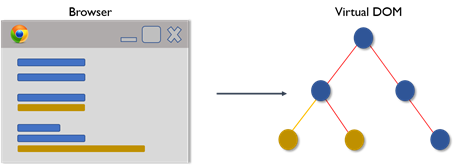

React Interview Questions Cheat Sheet
What is React? React is a front-end JavaScript library developed by Facebook in 2011. It follows the component-based approach which helps in building reusable UI components. It is used for developing complex and interactive web (and mobile, with React Native) UI. Even though it was open-sourced only in 2015, it has one of the largest communit...


Common Angular Interview Questions
What is Angular? Angular is a free and open-source web application framework, developed by Google. It is based on NodeJS, and it uses Typescript as its main development language. It was introduced to create Single Page applications, it brings structure and consistency to web applications and it provides scalability and maintainability. What ar...


Hoisting and Call Stack
Understanding Variable Scoping in JavaScript Let's dig into a fascinating JavaScript example to unravel the mystery of variable scoping. The Code Snippet Here's the code we'll be examining: var numOfBeers = 5; function getMoreBeers() { console.log('I have this many beers: ' + numOfBeers); var numOfBeer...
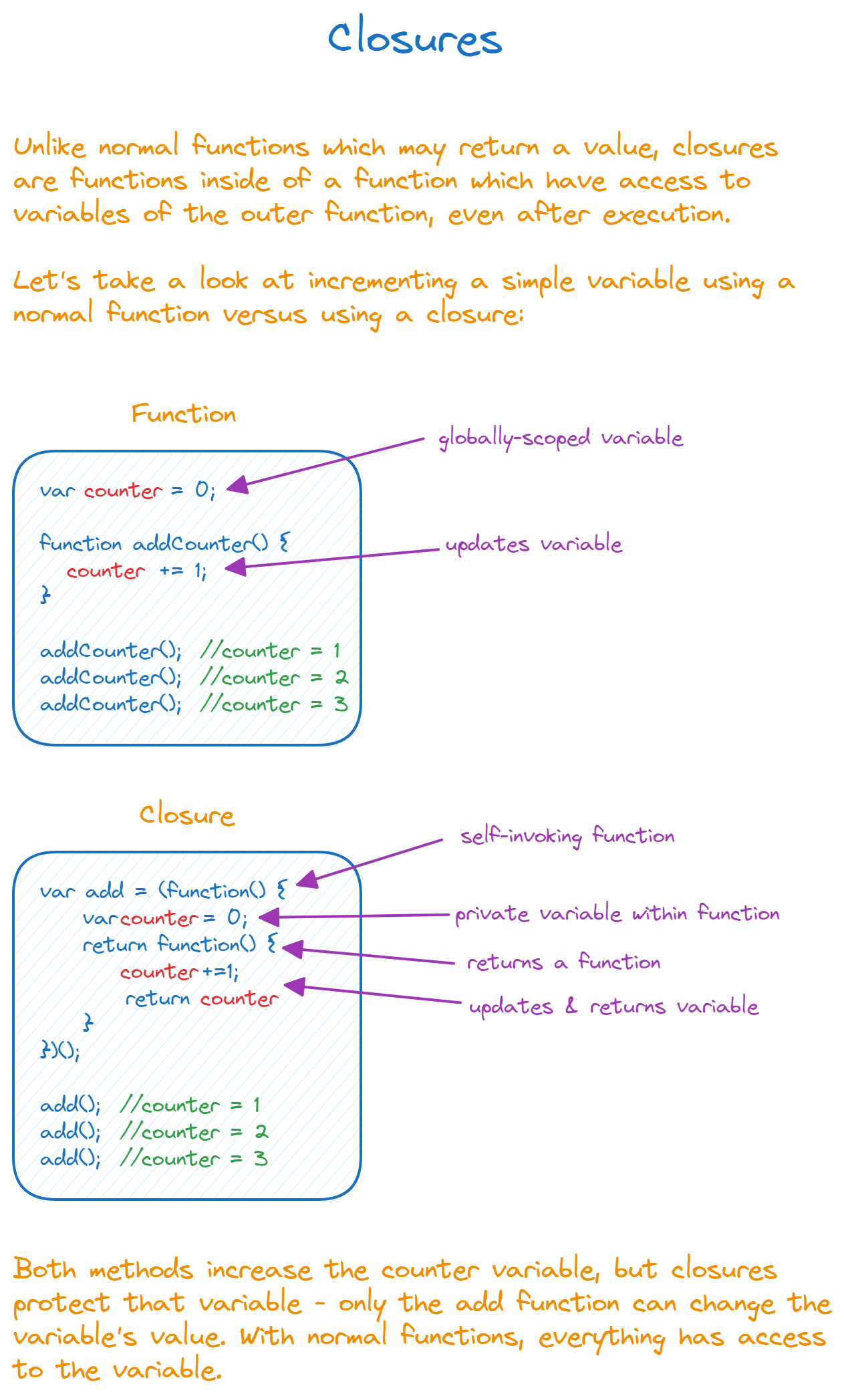

Closures and Dependency Injection
In JavaScript, closures and dependency injection are powerful concepts that enable modular, maintainable, and flexible code. In this challenge, you will explore these concepts by implementing a specific functionality using closures and then using closures for dependency injection. Part 1: Closures Closures allow...


Get Data Type
Detecting JavaScript Data Types: A Universal Method The Challenge Imagine a universe of data types in JavaScript! It's a colorful world with characters like Array, ArrayBuffer, Map, Set, Date, and the mysterious Function. Your mission, should you choose to accept it, is to create a universal method that identifi...


Implement Promise.all
According to the MDN docs, the Promise.all() method "takes an iterable of promises as an input, and returns a single Promise that resolves to an array of the results of the input promises". It is useful when there is a collection of promises that you need to resolve prior to some other code execution work that neeeds to be done. H...


Implement Array.shuffle
Shuffling an array is an operation that generates a random inline permutation of the elements of a given array. Can you implement a shuffle method, that will accept one parameter - the array to shuffle, and will shuffle its elements in a random order? An example of how your method should work, would be to generate one of the poss...


Implement Throttling
Both debouncing and throttling are intended to enhance a website's performance. They accomplish this primarily by limiting the number of times a function can execute. In the case of throttling, the exact definition is that it's a technique where a function can be executed only once in any given time interval-- **regardless of how...
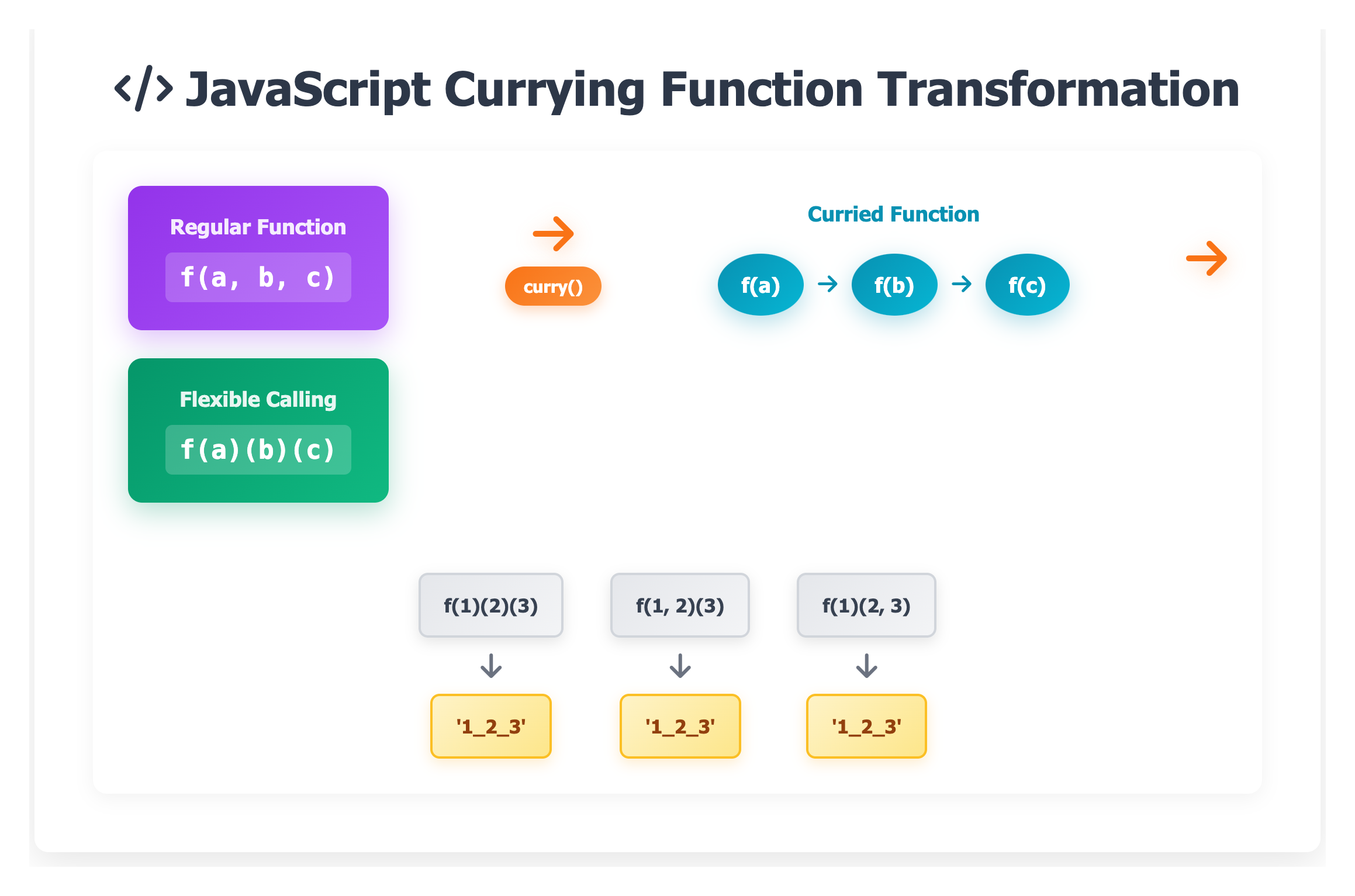

Create Curry Function
In mathematics and computer science, currying is the technique of converting a function that takes multiple arguments into a sequence of functions that each takes a single argument. Currying provides a way for working with functions that take multiple arguments, and using them in frameworks where functions might take onl...


Implement JSON.parse
In JavaScript by default, there is a method that can parse a given JSON string, and it can be invoked by calling JSON.parse(). The way this method works is constructing the JavaScript value or object described by the string. Can you implement your own version of this method, called parseJSON, accepting one parameter (the JSON...


Create Event Emitter
In modern applications, we often need asynchronous functions. These wait for responses from operations with unknown completion times. So many frameworks use an event-driven architecture. Certain objects called emitters emit named events. This triggers listener functions to execute. Each event has an ID. So listeners know wh...


Implement Instance Of
In Object-Oriented programming, an instance represents an object which is an instantiation of a class. An object can also be an instance of a given class A if it is instantiated from a class B that extends the class A. In a non-programming context, you could think of "cat" as a class and your particular cat as an instance o...


Implement JSON.stringify
In Javascript there is a method called JSON.stringify() that can convert an object or a variable into a JSON string. The method handles different data types differently, ending up with its correct JSON "translation". Some examples of how this method handles different types include: Boolean, Number, and String object...


Implement ClearAllTimeouts
Mastering Time Control in Browsers with window.clearAllTimeouts Imagine you have the power to control time in your browser. You can schedule events to happen in the future and even cancel them before they occur. This is exactly what window.setTimeout() and window.clearTimeout() allow you to do! Scheduling a Future Ev...


Create Browser History
Every modern browser has implemented a logic for keeping track of the users' browsing history. Usually, it keeps track of the websites visited, and their order, so the user can be able to go back and forth between their recently visited websites. Can you implement a simplified version of a browser history tracker, that will keep...


Create a Pipe Method
Composition is putting two or more different things together, and getting a combination of the inputs as a result. In terms of programming, composition is often used for combining multiple functions and getting a result at the end. Using composition leads to a cleaner and much more compact code. If we want to call multiple f...
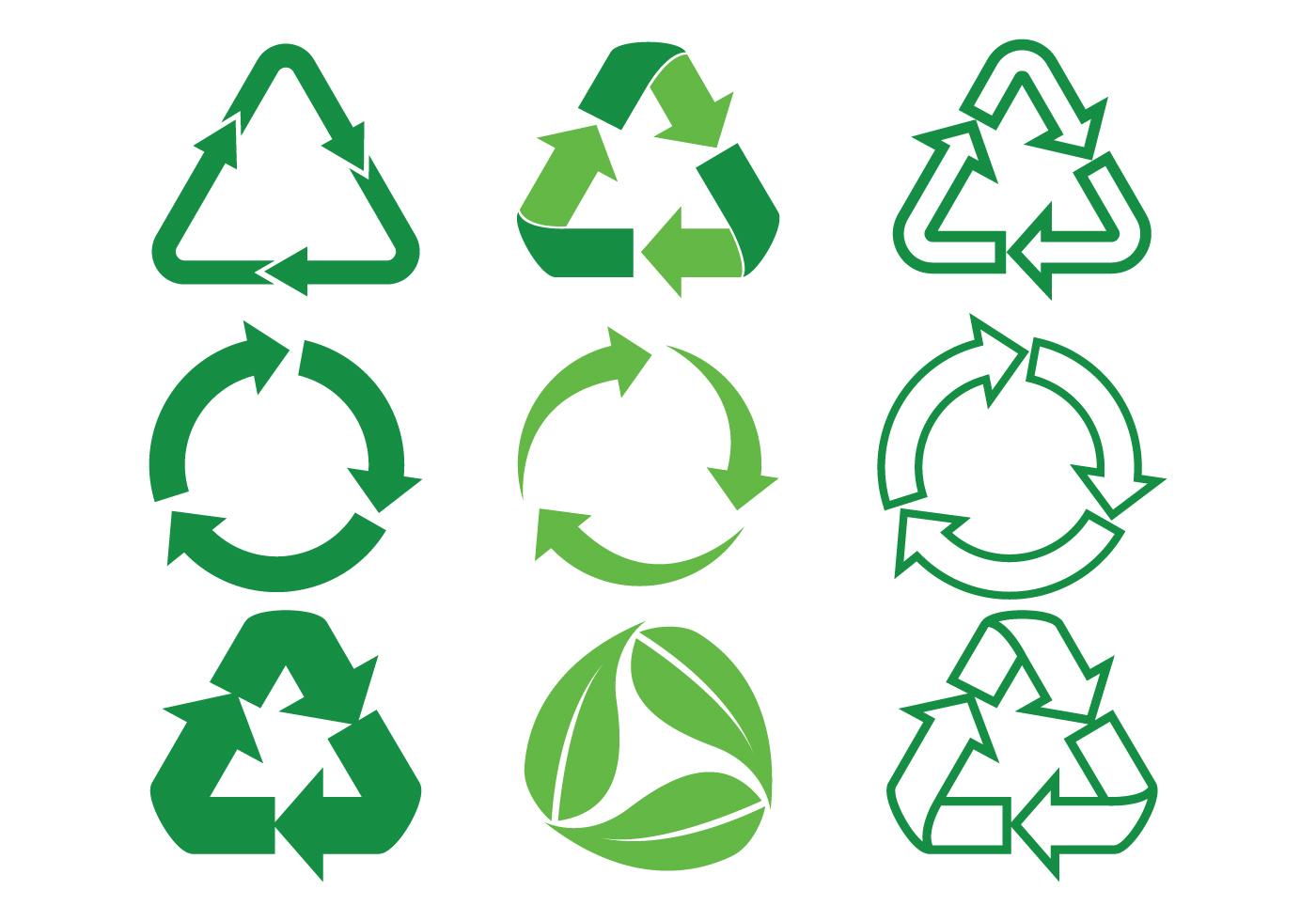

Implement Array.reduce
In JavaScript there is a built-in method called reduce() that can be used over the Array prototype. What this method does, is that it executes a user-supplied "reducer" callback function on each element of the array, in order, passing in the return value from the calculation on the preceding element. The final result of ru...


Implement Array.flat
In Javascript there is a method for flattening an array that can be invoked by calling the function flat(array, depth). This function works in such a way that it reduces the nesting of a given array, by creating a new array with all sub-array elements concatenated into it recursively up to the given depth level. This means tha...
